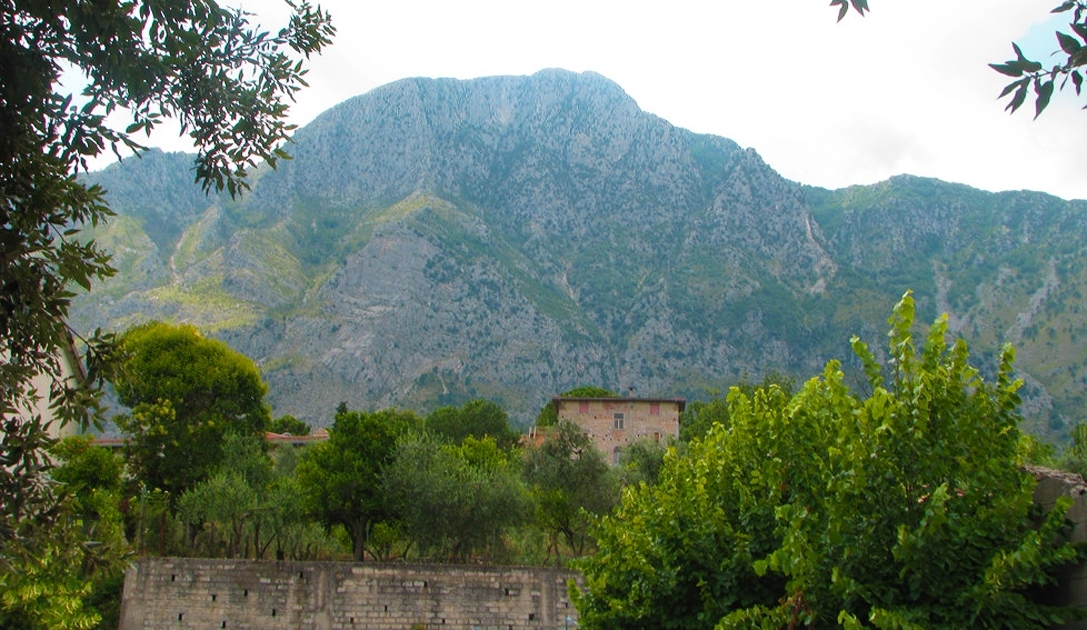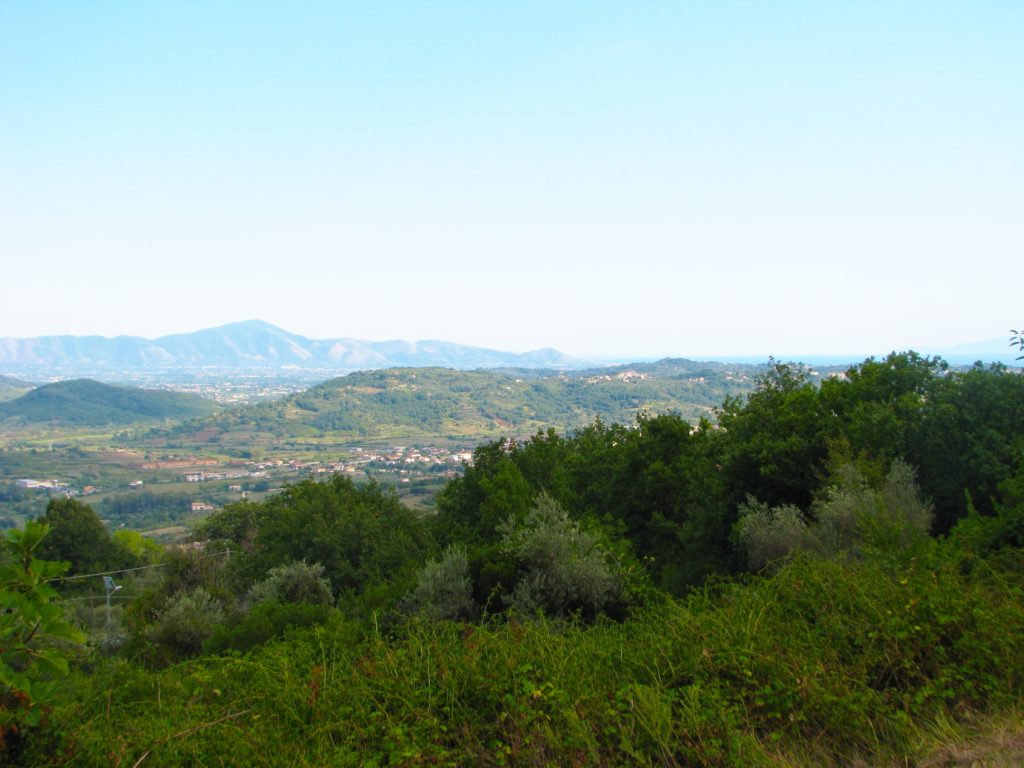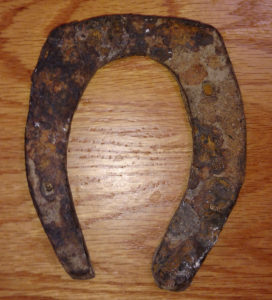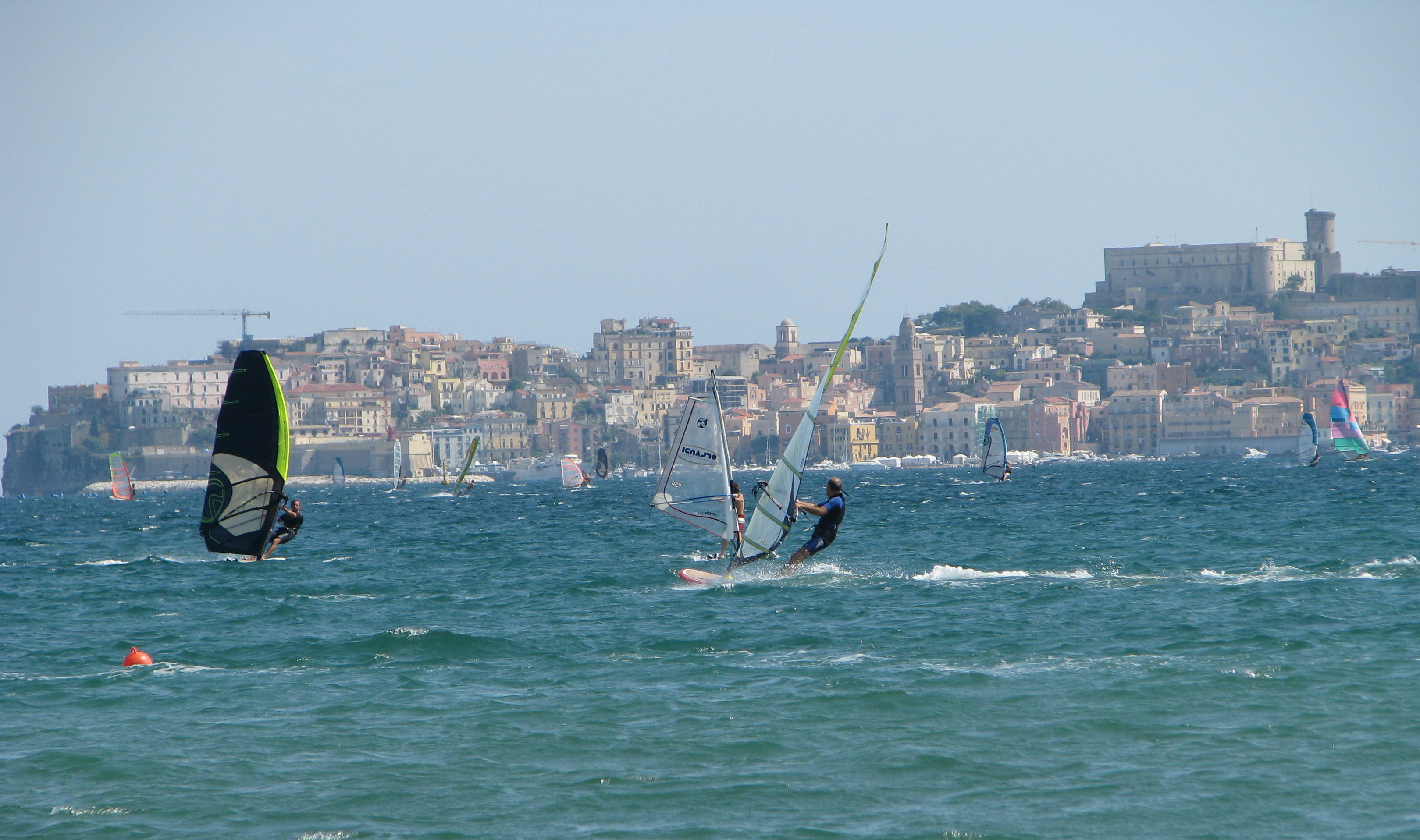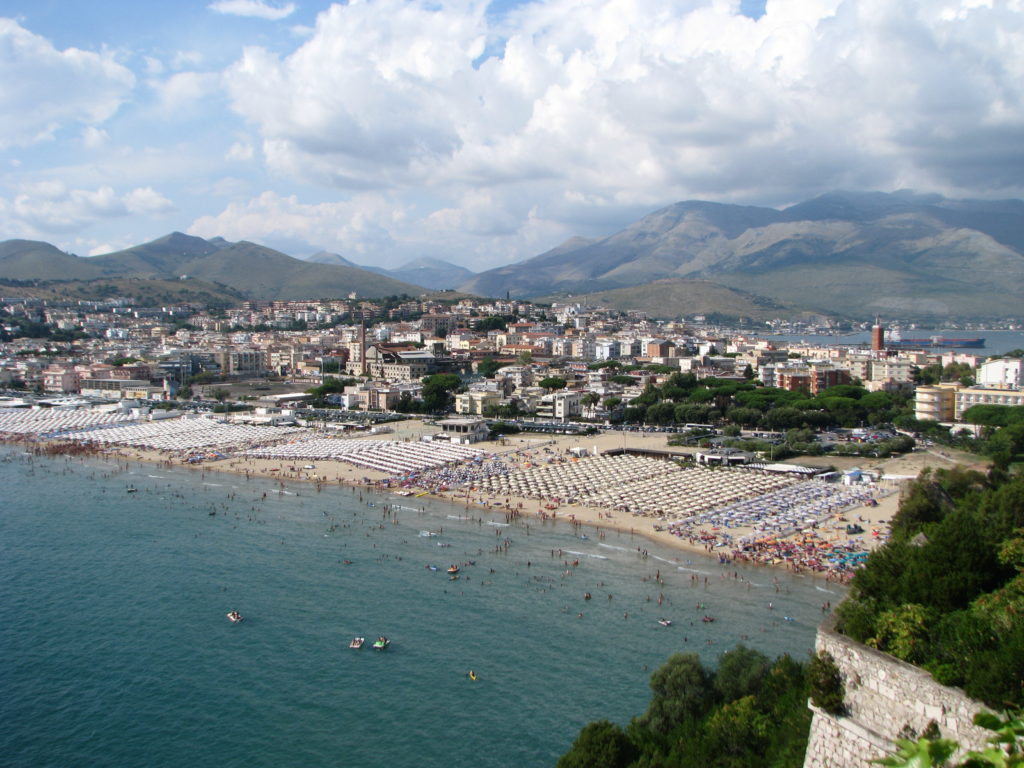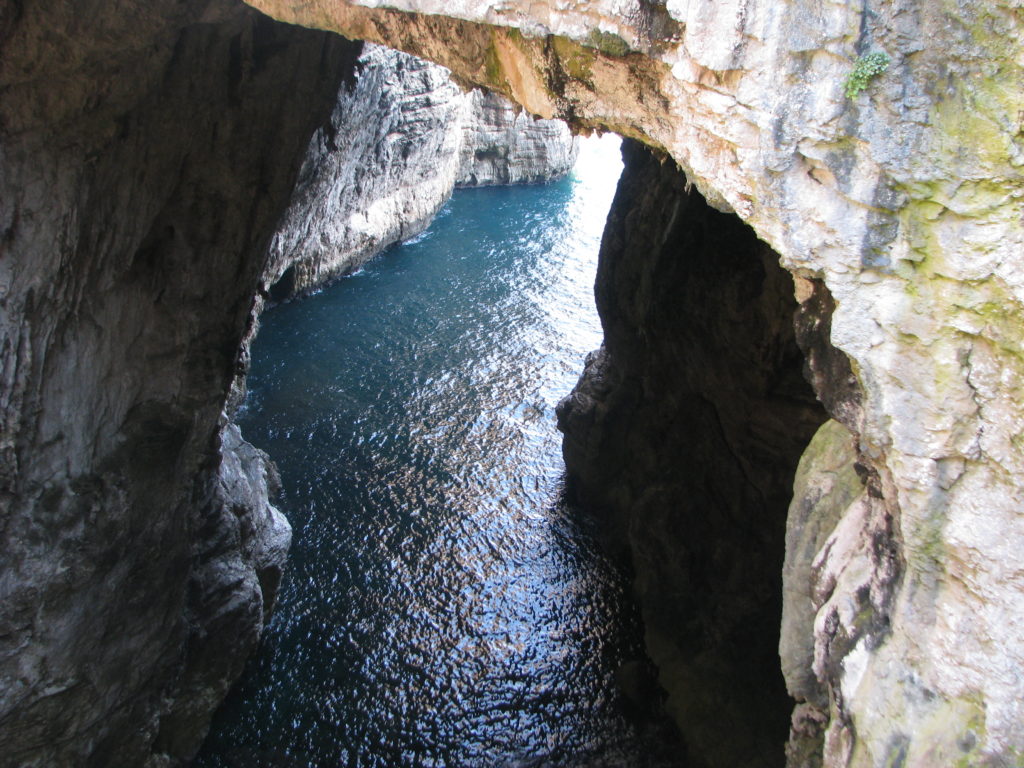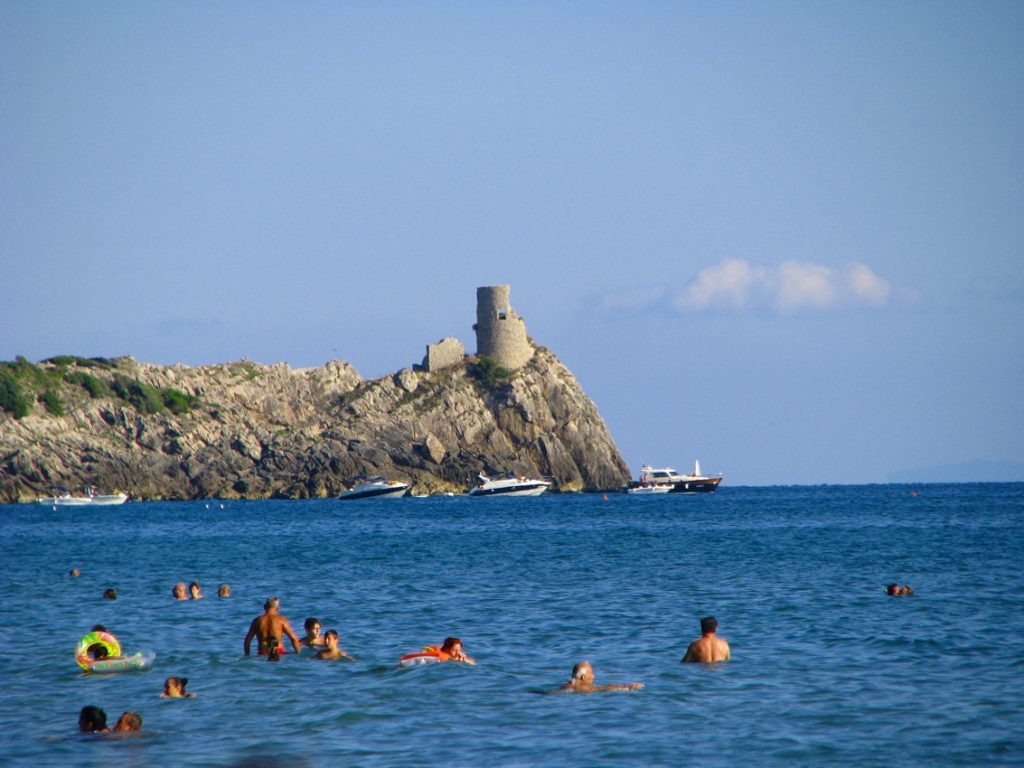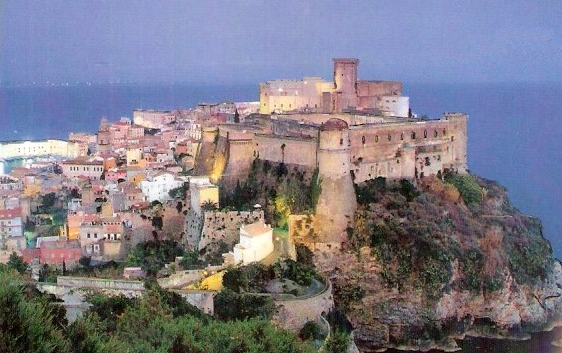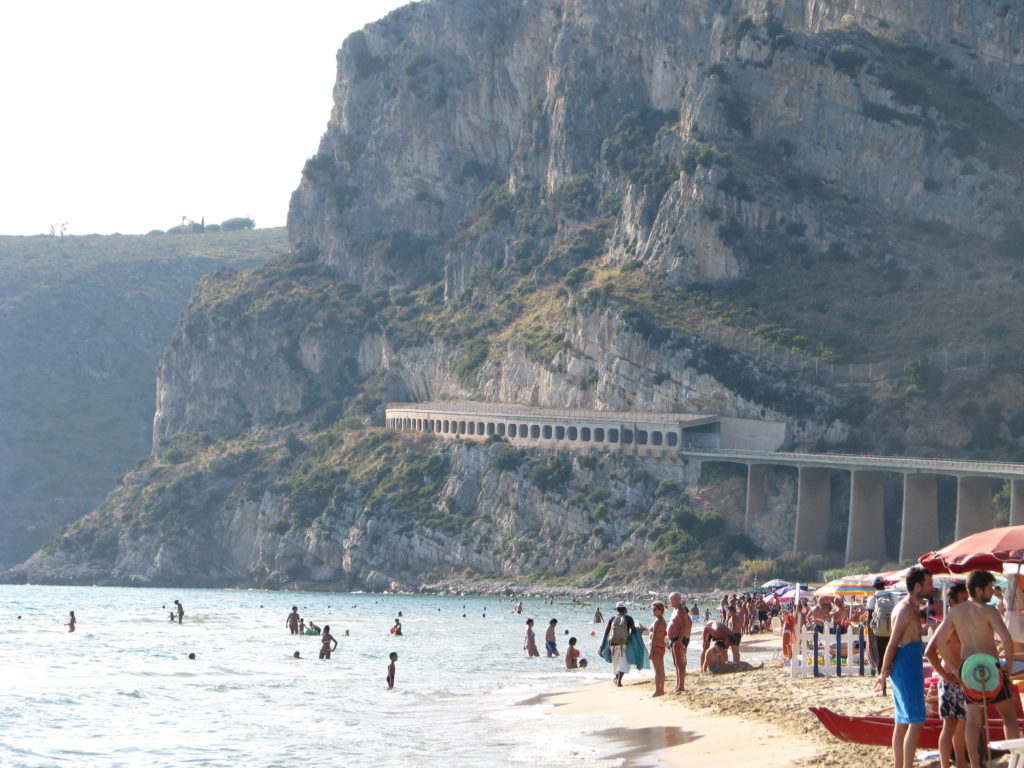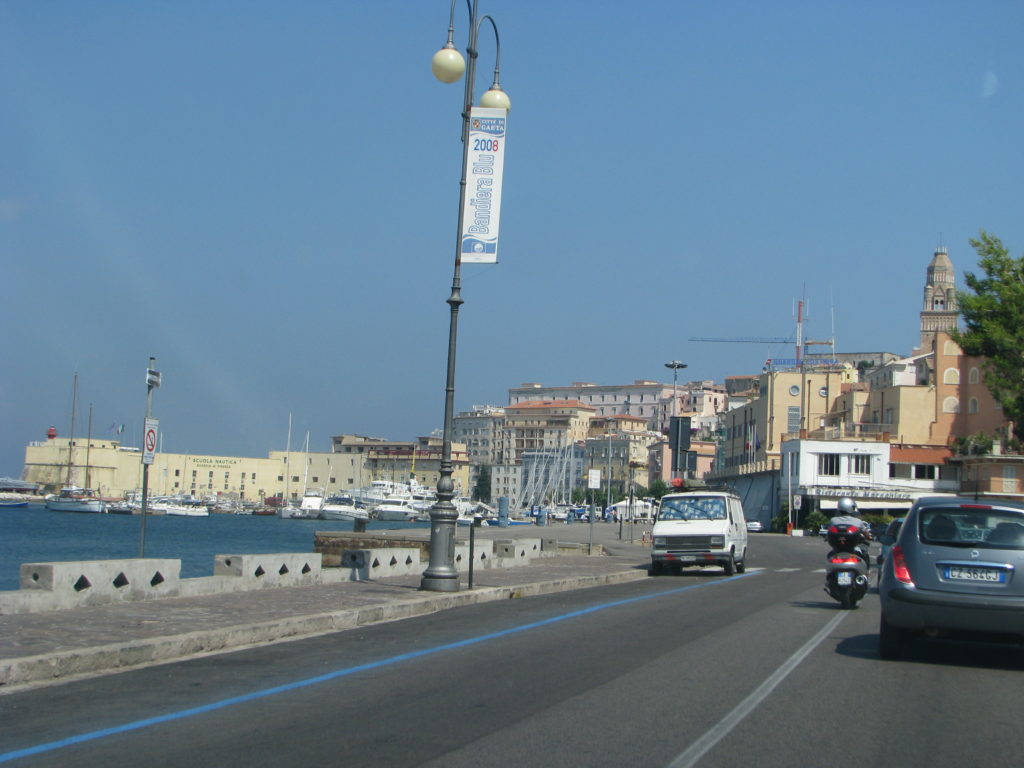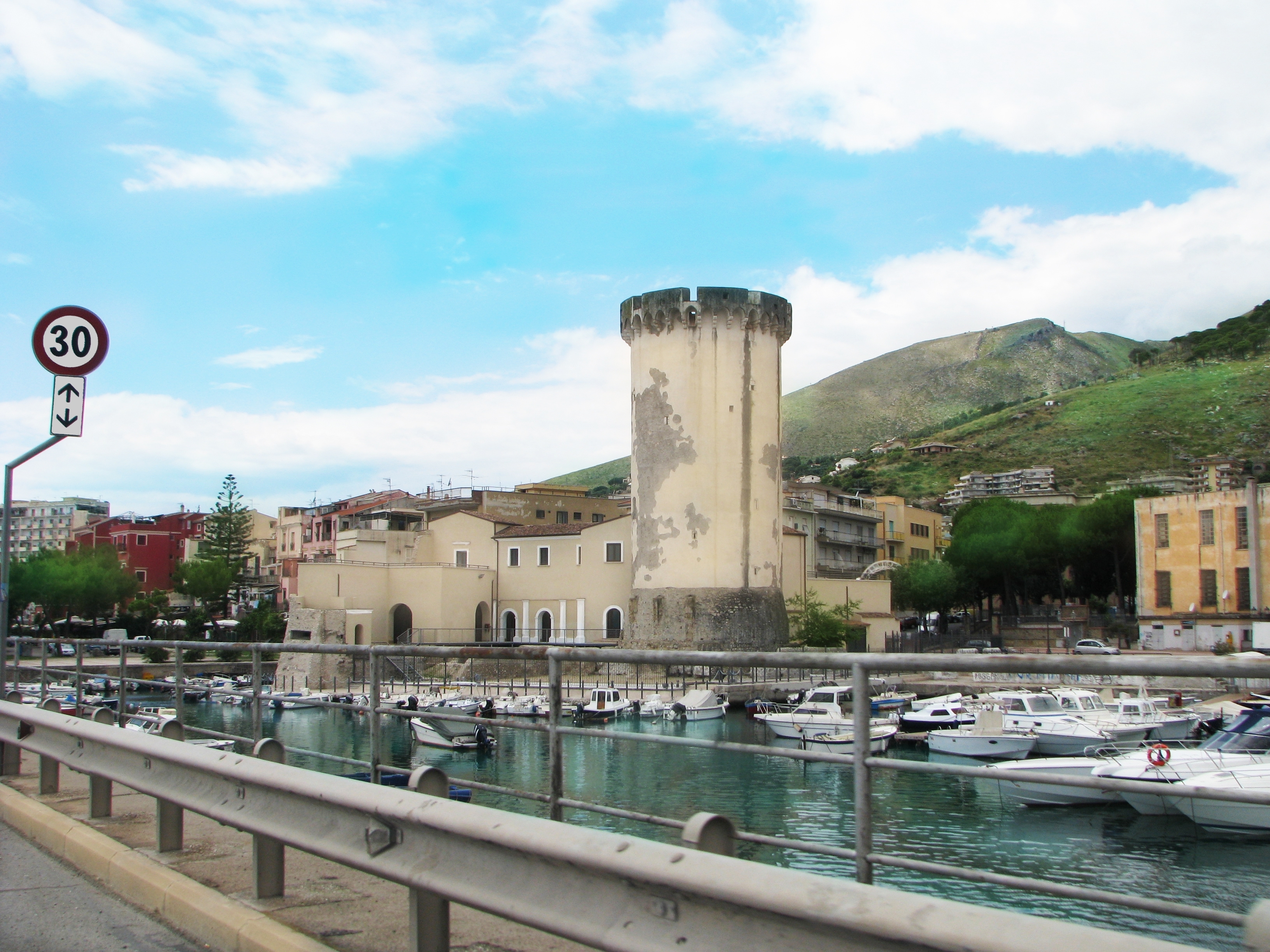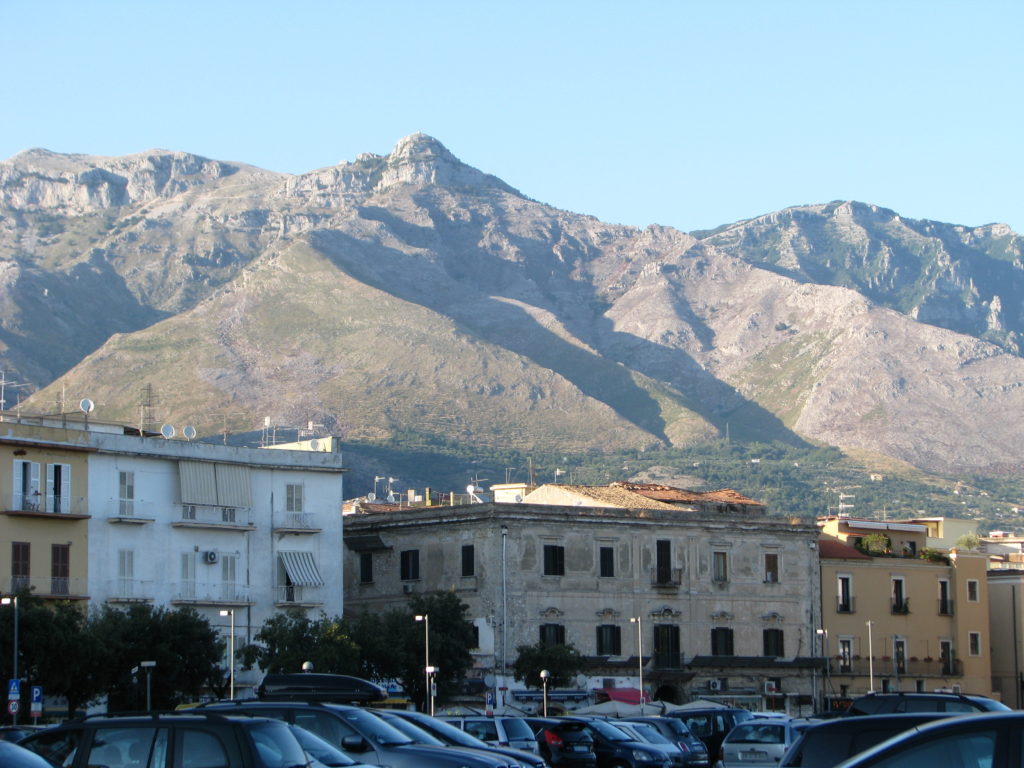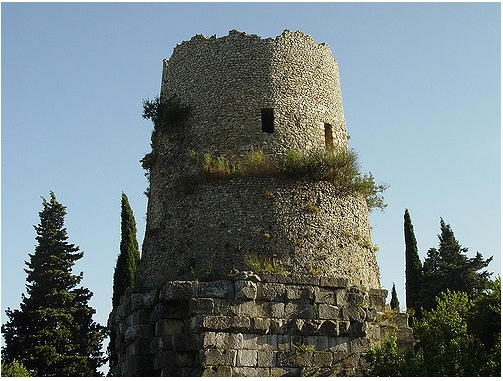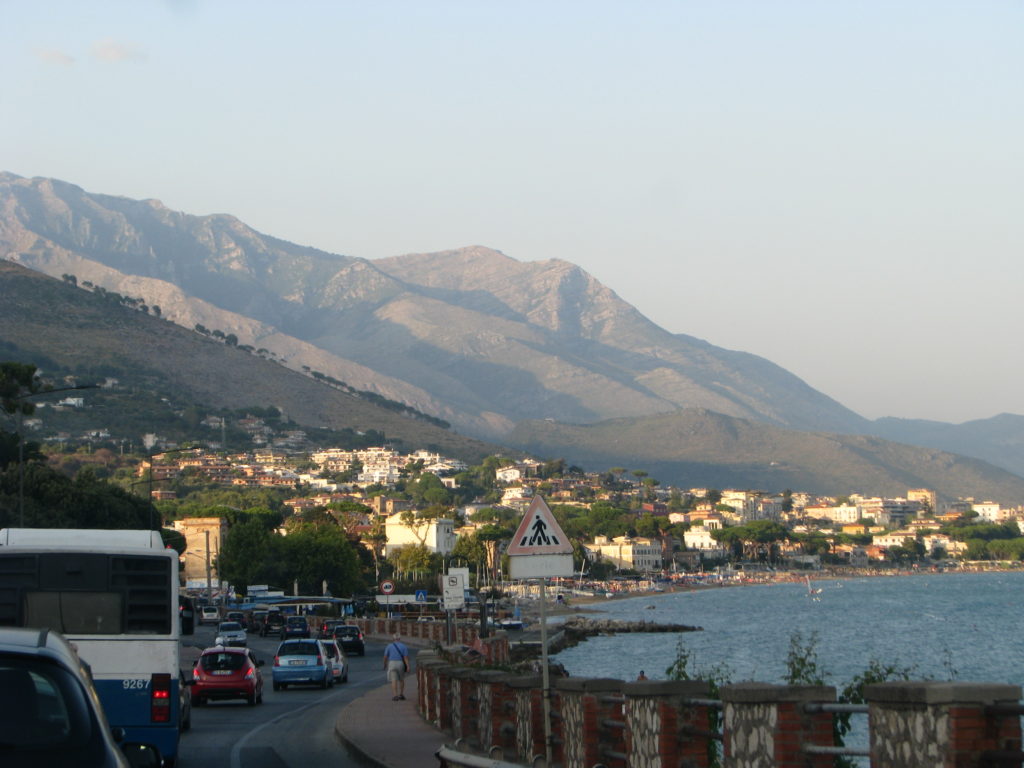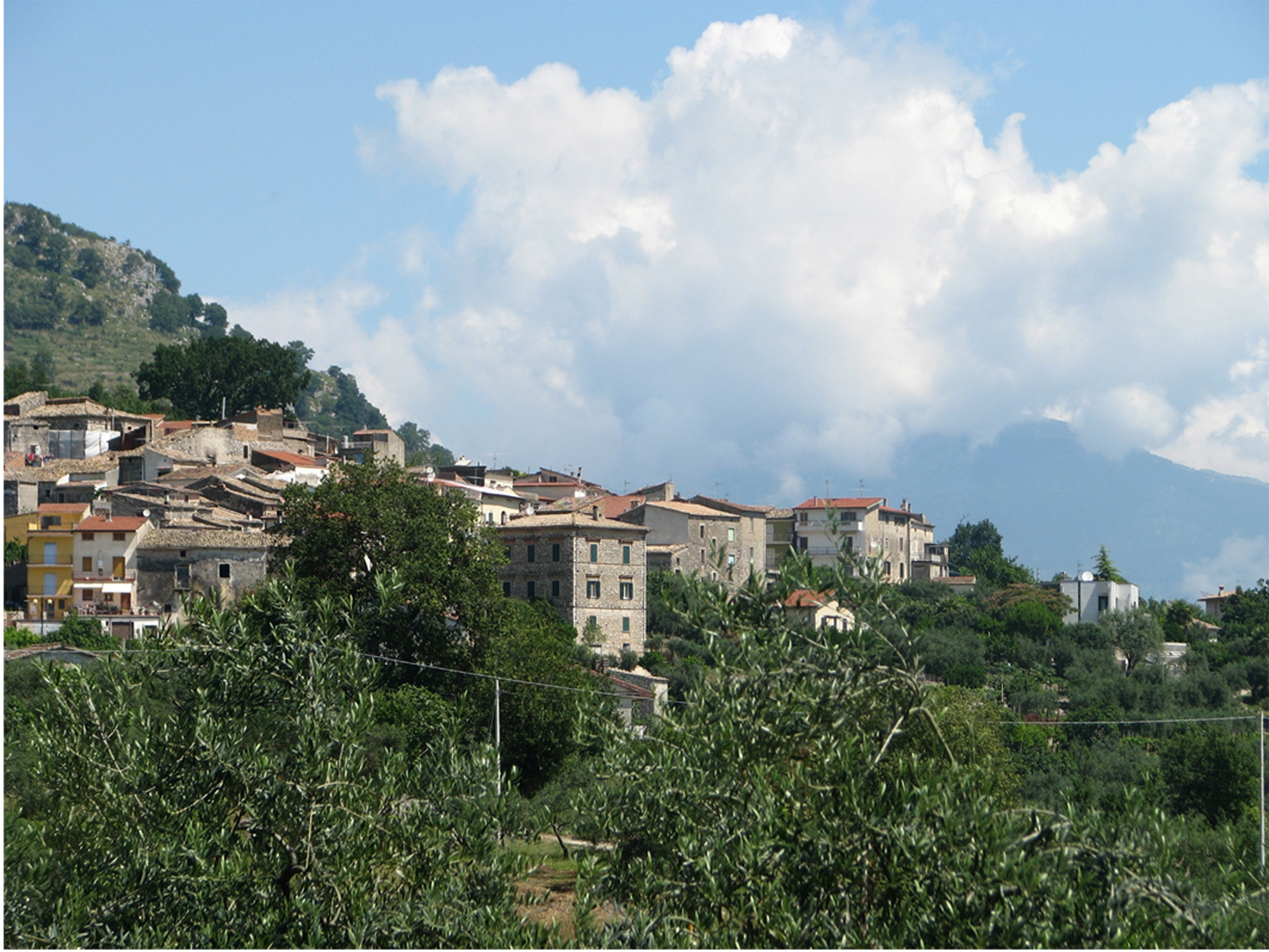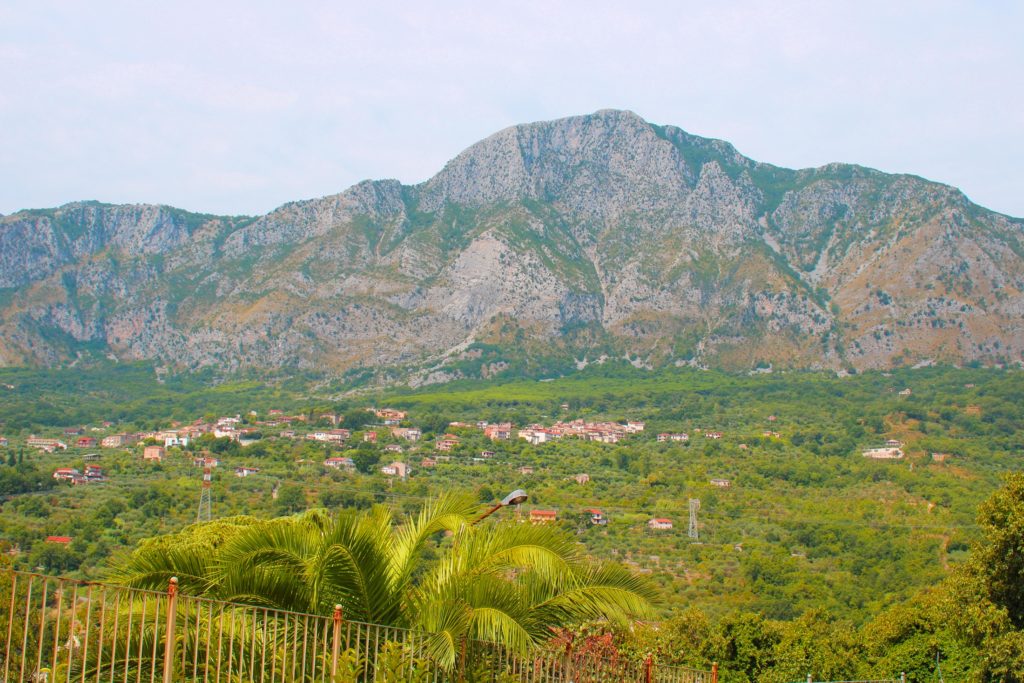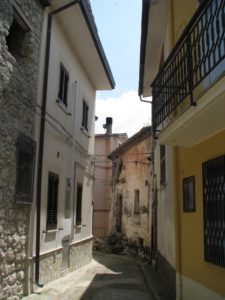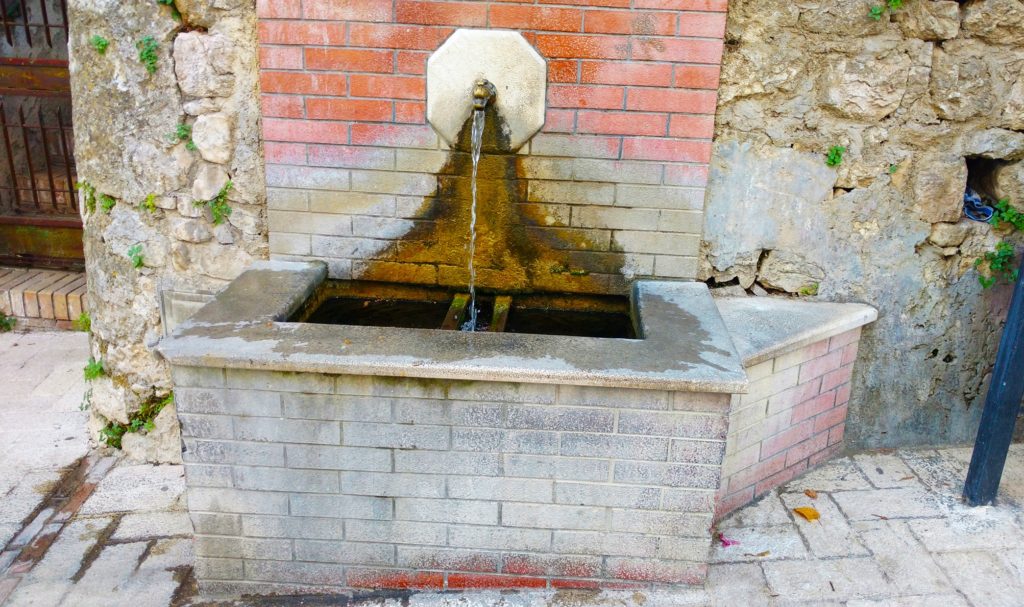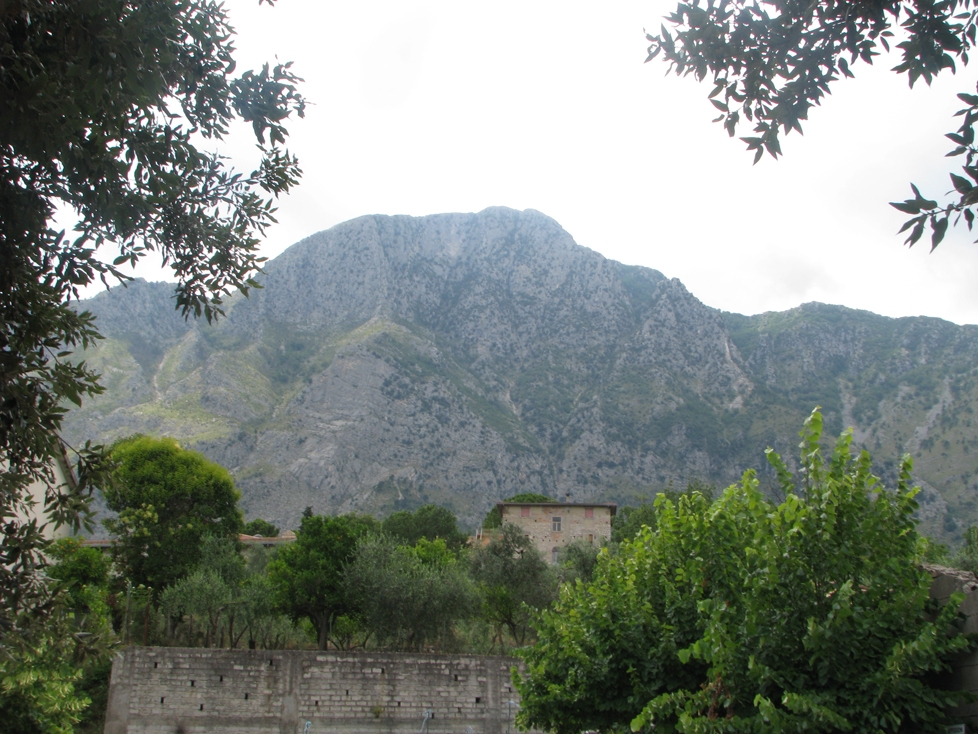Villa d’Este, also known as Tivoli Gardens, is a UNESCO world heritage site in the town of Tivoli which is just outside the city of Rome. It was commissioned during the Renaissance by Cardinal Ippolito II d’Este, governor of Tivoli in 1550, after being disappointed that he was not elected to the papacy. He wanted to build a residence which would rival all the Roman villas so he acquired a lot of land surrounding the governor’s official residence, which was originally a monastery and had a magnificent view of the countryside.
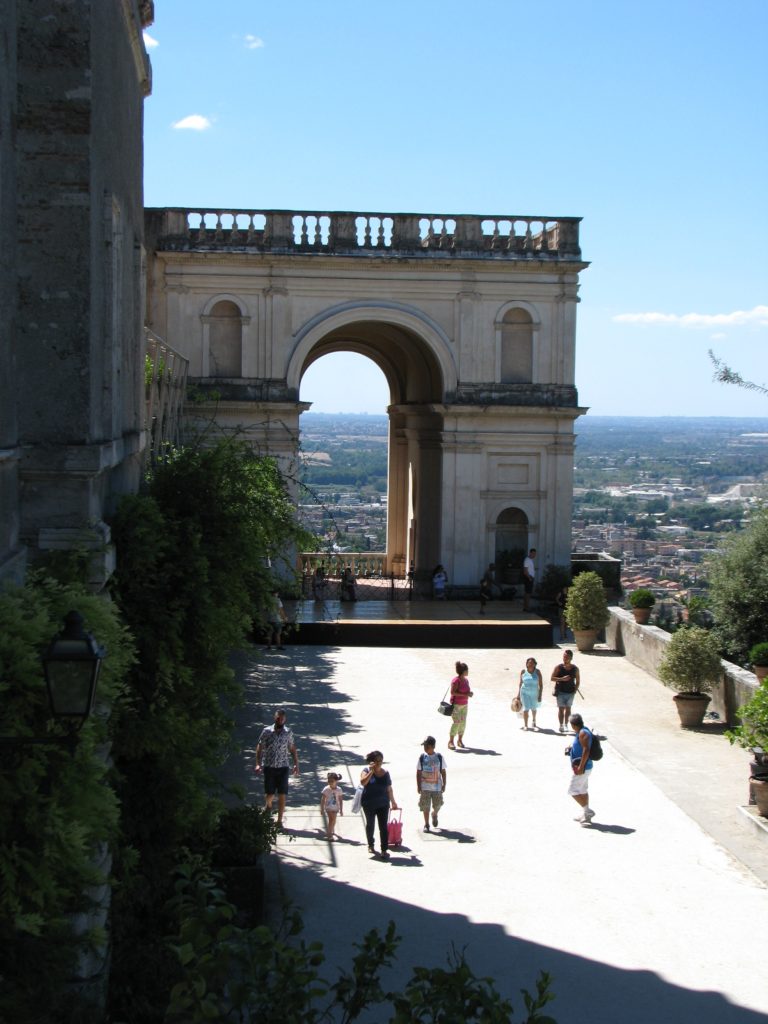
Villa d’Este
In the process of building this luxurious villa, many houses, roads, and buildings were demolished causing many lawsuits to be brought against him, but he continued. He commissioned Pirro Ligorio, an artist and scholar who studied the many Roman villas in the surrounding area, to plan this new villa and garden in the Baroque style (and also used many objects of art taken from Hadrian’s Villa nearby), architect Alberto Galvani to design the blueprints, many engineers to design and construct the fountains, and many painters and sculptors to adorn it.
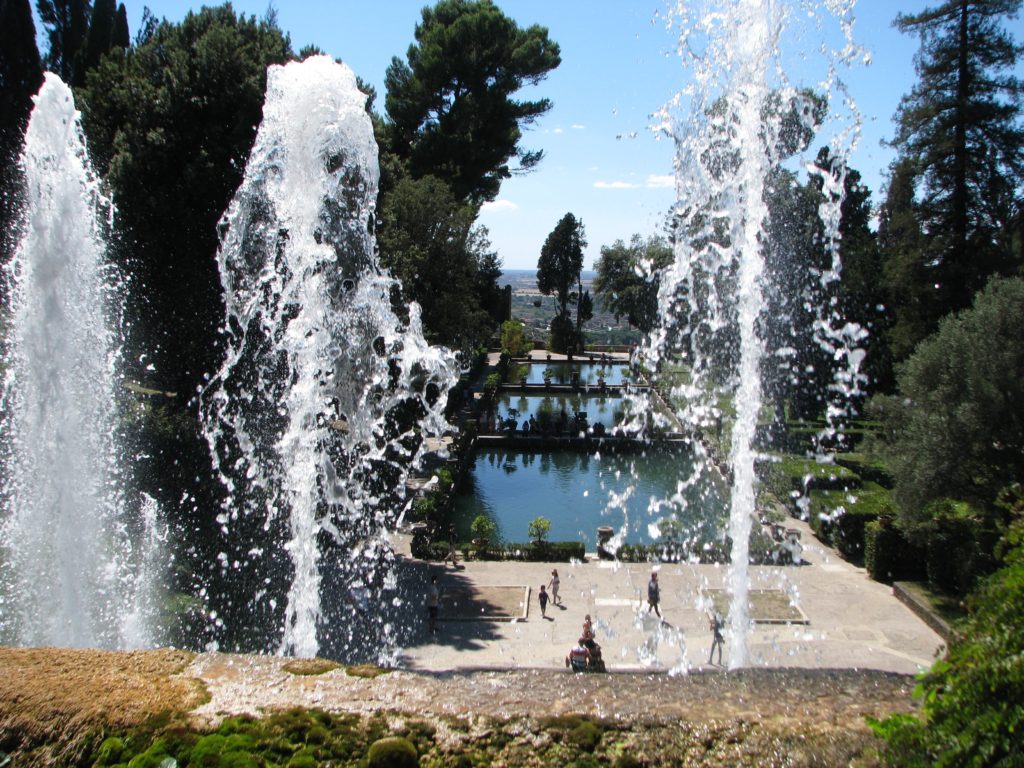
View through the Fountain of Neptune
Because of the steep slope of the land where it was built, a large amount of dirt had to be excavated to construct terraces and canals to carry water from the Aniene river to the fountains through underground pipes.
One of the fountains is actually a hydraulic organ which plays music by pushing air through the organ pipes.
Sometime between the 18th and 19th century, the villa was abandoned but was later restored and is now one of the most visited sites in the world.
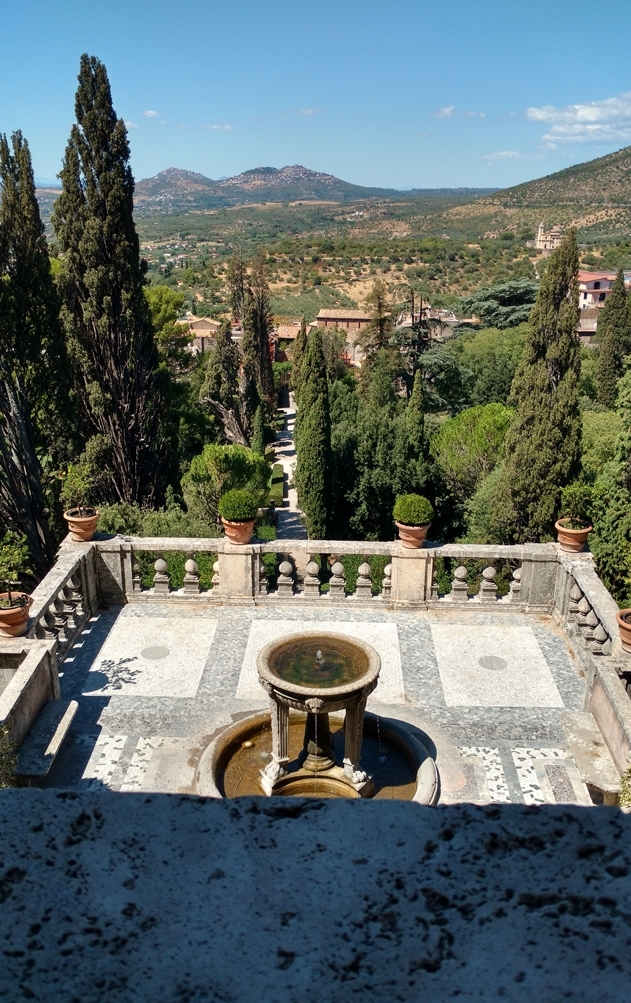
View from one of the terraces of the gardens of Villa d’Este
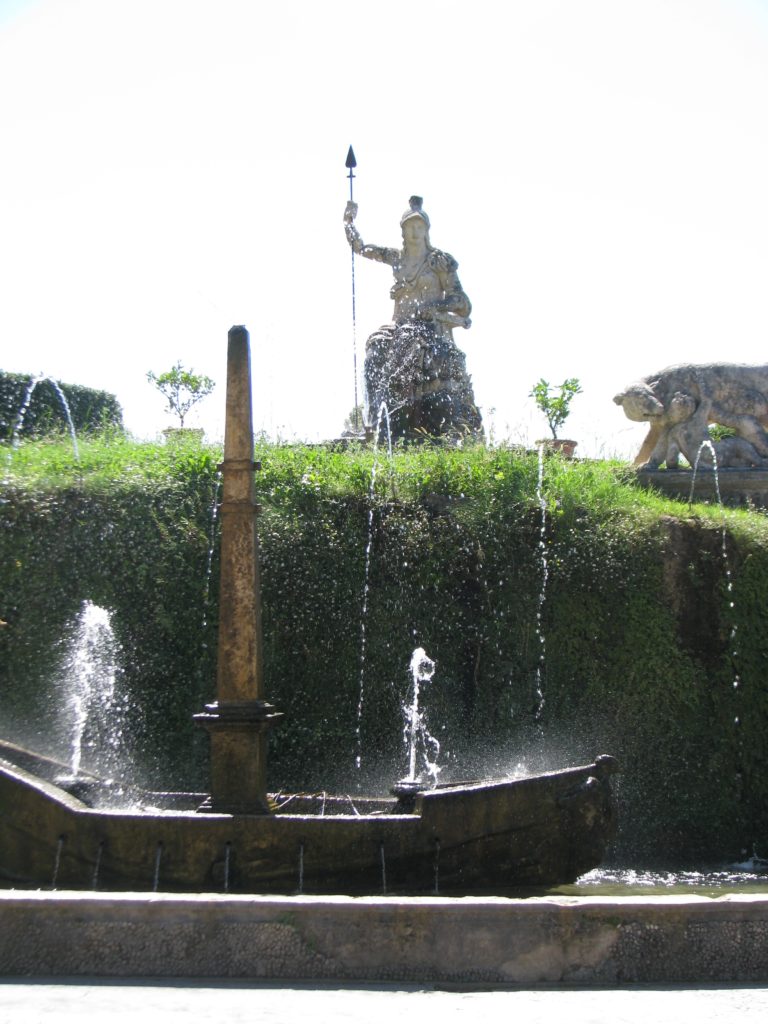
The Fountain of Rometta, representing the founding of Rome
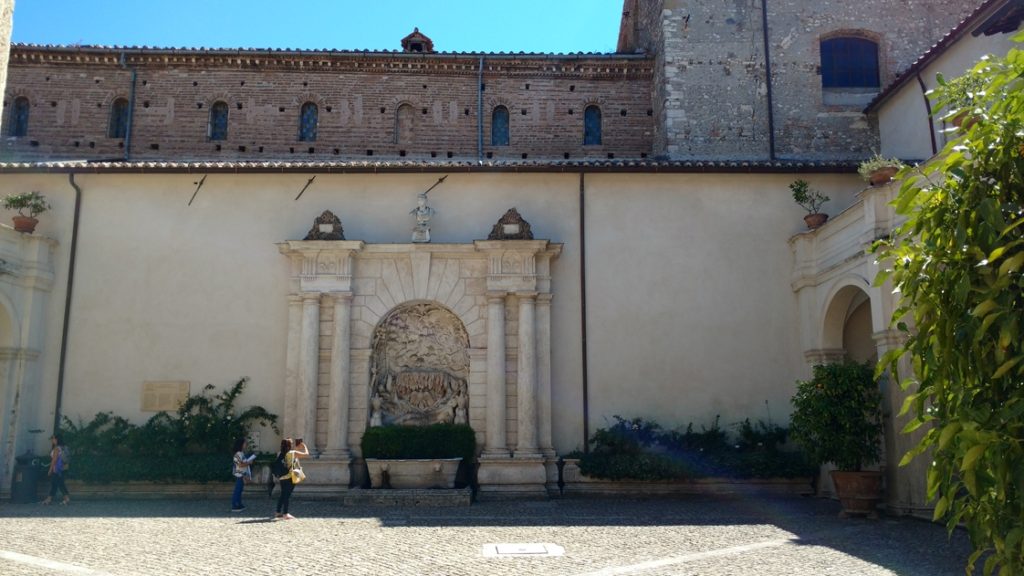
Courtyard
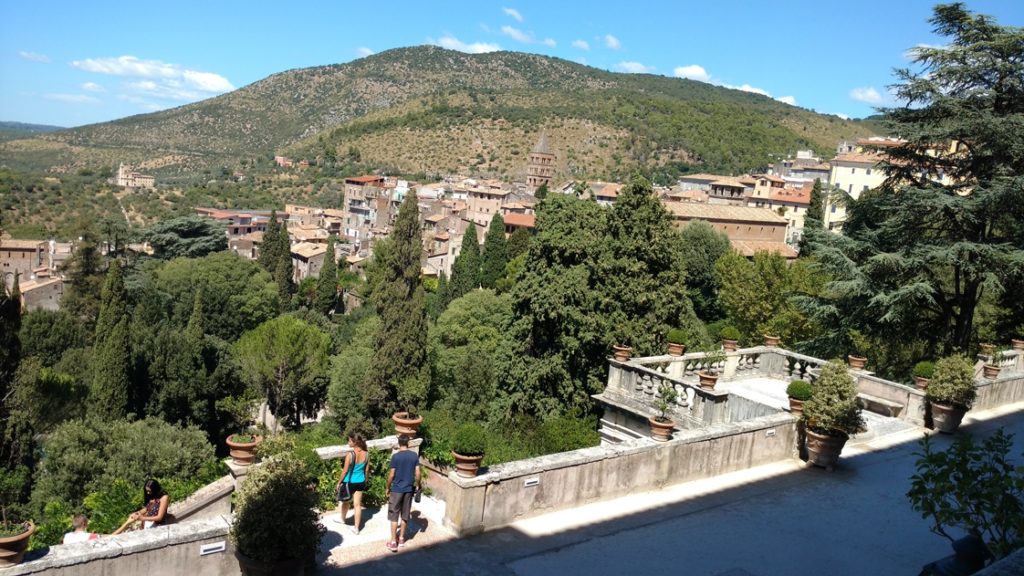
View from a window
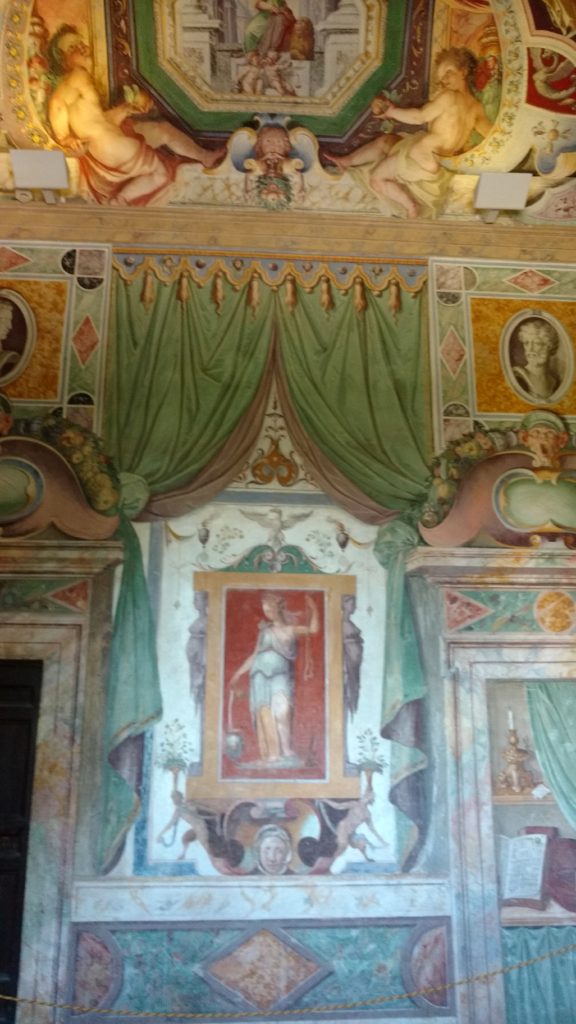
Fresco in the Hall of Glory

The “Hall of Horses”
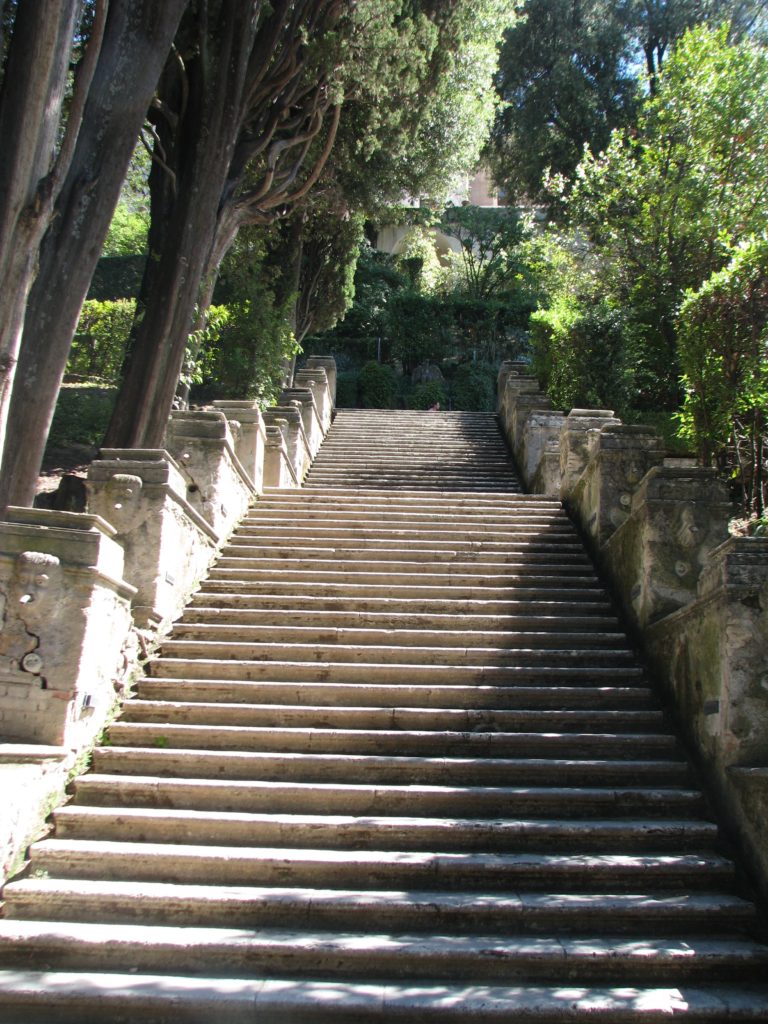
Steps leading up to the villa
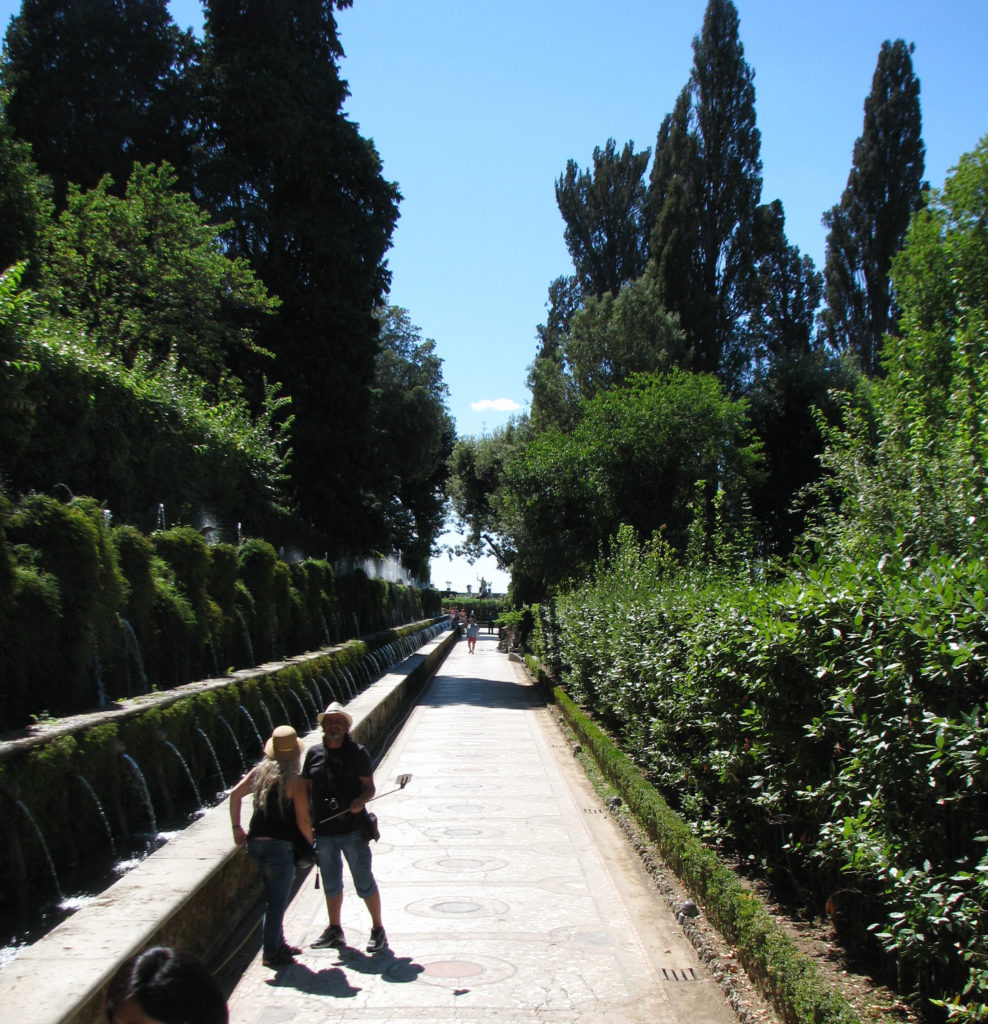
Walking through the gardens, Villa d’Este


